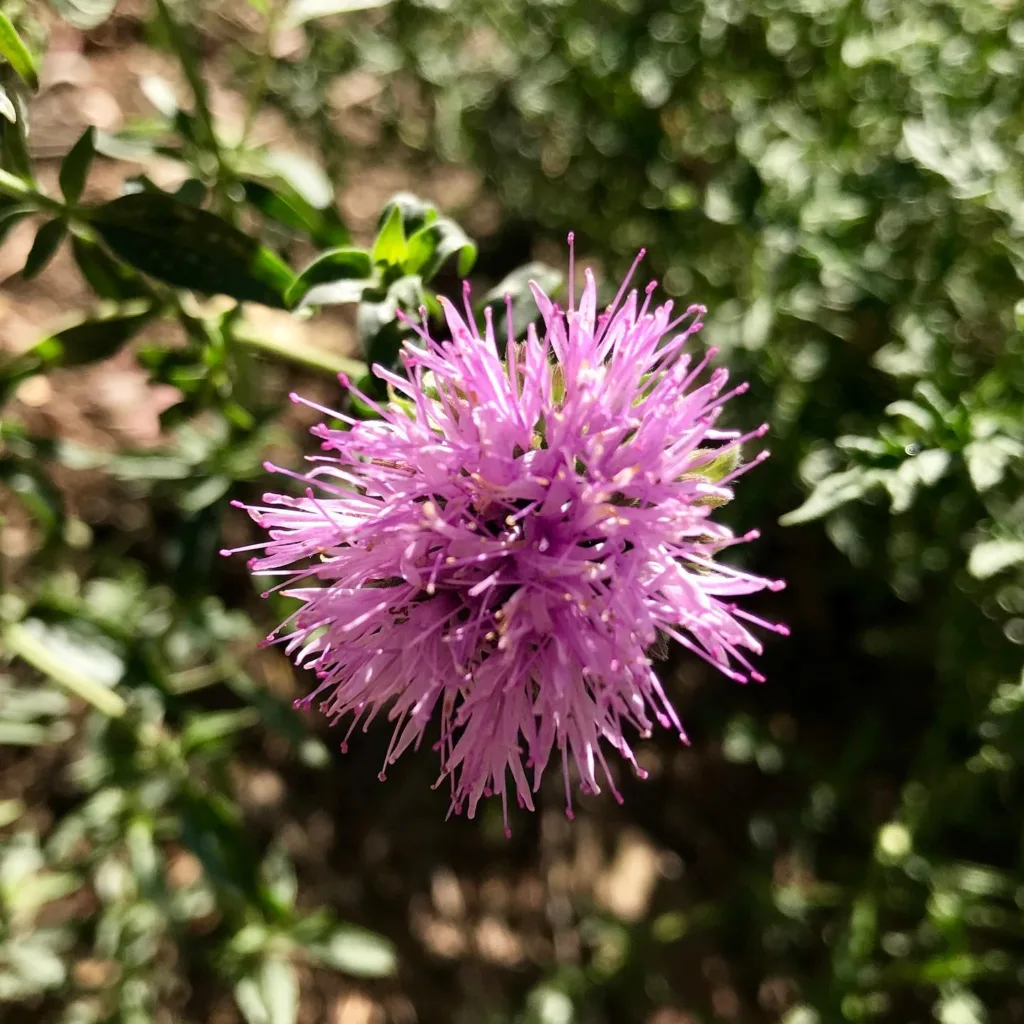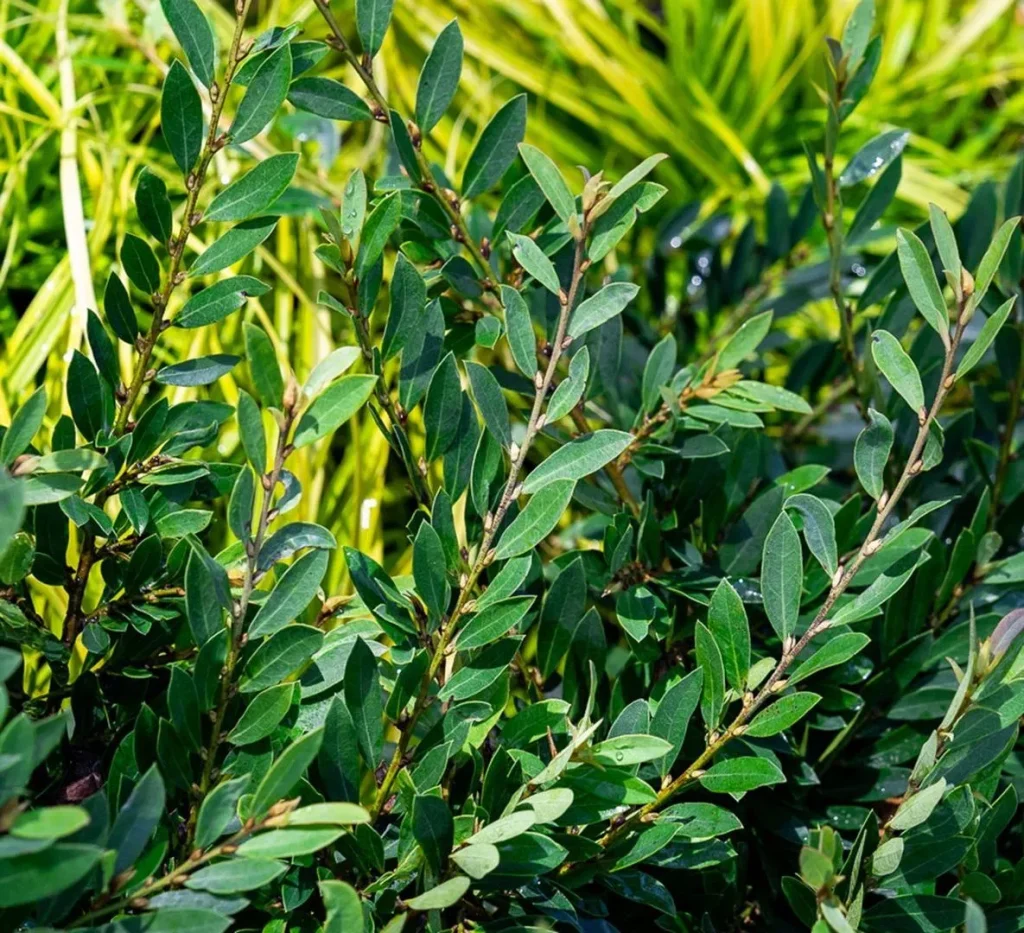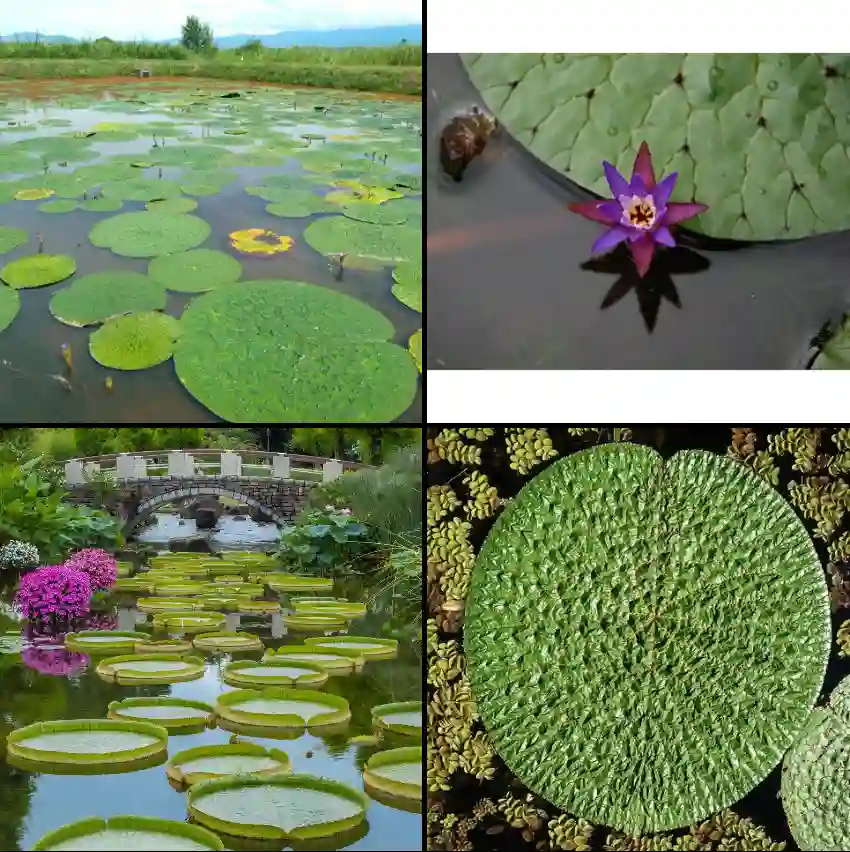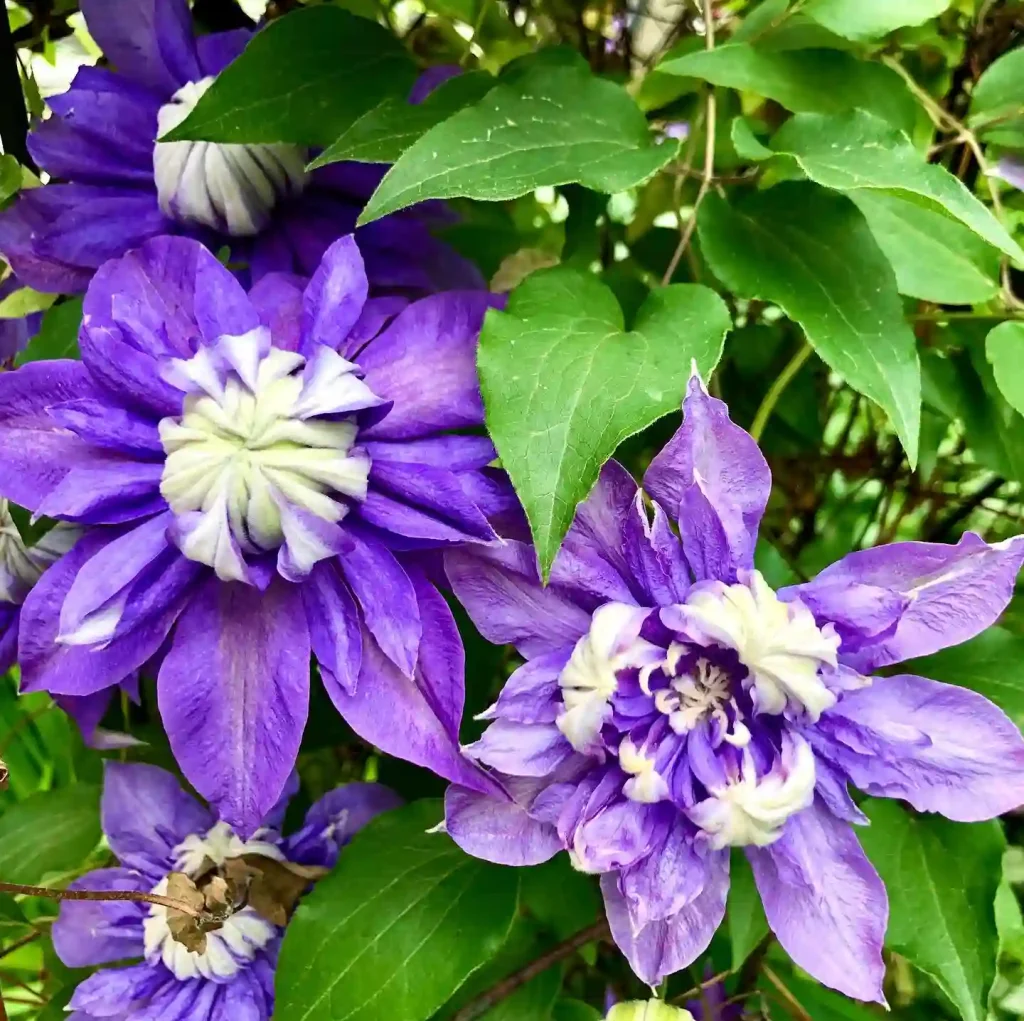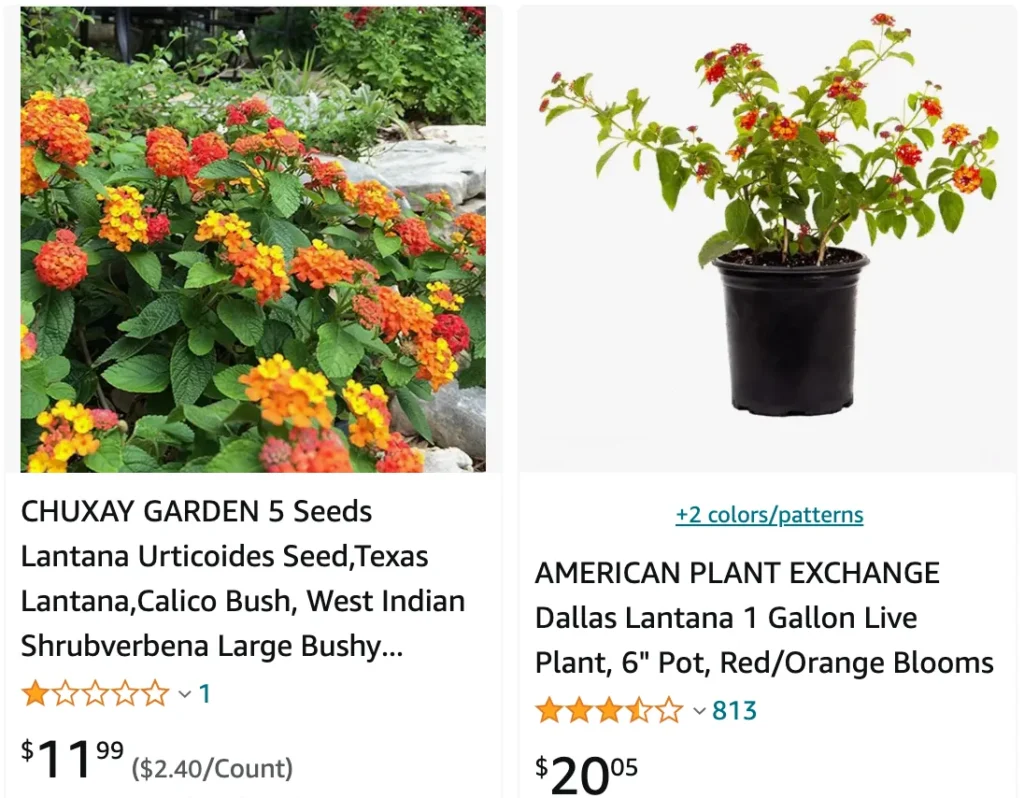
Lantana urticoides: A Texas Tough Native Beauty – FAQs by Ferb Vu
Hi there, Ferb Vu here! I’m a plant enthusiast with a particular fondness for native species. Today, we’re diving into the world of Lantana urticoides, also known as the Texas Lantana. This vibrant shrub is a true champion, thriving in the unforgiving heat and offering a feast for pollinators.
Whether you’re a seasoned gardener or just starting your plant journey, this FAQ will equip you with all the knowledge you need to cultivate this Texas treasure.
128 Species in Genus Lantana
What is Lantana urticoides?
Lantana urticoides is a spreading, deciduous shrub native to Mexico and the southern United States, particularly Texas, Louisiana, and Mississippi. It flourishes along the Gulf Coast, gracing landscapes with its cheerful blooms from spring until the first frost arrives.
This sun-loving shrub typically reaches a height of 3-5 feet and boasts a bushy form. Its rough-textured, broadly ovate leaves add a touch of texture to your garden. But the real showstopper is the flower cluster. Texas Lantana produces a vibrant display of red, orange, and yellow blooms, arranged in dense, rounded heads.
Key characteristics:
- Size: 3-5 feet tall, 4-6 feet wide
- Habit: Spreading, deciduous shrub
- Foliage: Rough-textured, broadly ovate leaves
- Flowers: Red, orange, and yellow clusters
- Bloom time: Spring to first frost
- Native range: Mexico, Texas, Louisiana, Mississippi (Gulf Coast)
Lantana Urticoides vs Camera
In my garden, Lantana Urticoides has been a resilient performer with its vibrant blooms lasting through the heat, whereas Lantana Camera, while pretty, didn’t quite match up in terms of longevity and seemed to struggle a bit in our intense summer conditions.
Texas Lantana vs. Weeping Lantana: Striking Similarities, Key Differences
Lantana urticoides is often confused with its close relative, Lantana camara, commonly called Weeping Lantana. Both species share a love for sunshine and boast clusters of colorful blooms. However, there are some key distinctions to keep in mind:
Similarities:
- Flower clusters: Both varieties produce vibrant red, orange, and yellow blooms in clusters.
- Sun preference: Both thrive in full sun locations.
- Drought tolerance: Both are well-adapted to dry conditions.
Differences:
- Native status: Texas Lantana is native to North America, while Weeping Lantana is an introduced species.
- Growth habit: Texas Lantana has a bushier, more compact form compared to the Weeping Lantana’s cascading branches.
- Toxicity: All parts of Weeping Lantana are considered toxic, while Texas Lantana’s leaves can irritate sensitive skin, but the berries are not considered toxic.
Choosing the right Lantana:
If you’re looking for a low-maintenance, native plant that attracts pollinators, Texas Lantana is the perfect choice. However, if you prioritize cascading growth and have no concerns about native species, Weeping Lantana might be a suitable option. Just remember to keep it out of reach of pets and children.
How to plant and care for Texas Lantana?
Texas Lantana is a resilient plant that requires minimal fuss. Here’s what you need to know to cultivate this beauty:
- Light: Full sun for at least 6-8 hours daily.
- Soil: Adaptable to various soil types, but thrives in well-drained soil.
- Watering: Water regularly during the first growing season, then reduce watering as established.
- Fertilizing: Not necessary, but a light application of balanced fertilizer in spring can promote growth.
- Pruning: Prune lightly after flowering to maintain a desired shape and encourage new growth.
Planting tips:
- Choose a location with full sun and well-drained soil.
- Dig a hole twice the size of the root ball and incorporate organic matter for improved drainage.
- Plant the shrub at the same soil level it was growing in the container.
- Water deeply after planting and regularly during the first growing season.
Attracting Pollinators with Texas Lantana
Texas Lantana’s vibrant blooms are a magnet for pollinators like butterflies, bees, and hummingbirds. The nectar-rich flowers provide a valuable food source for these beneficial insects, making it an excellent addition to a pollinator garden.
Here are some additional tips to create a pollinator haven with your Texas Lantana:
- Plant other flowering natives alongside Lantana urticoides to extend the bloom season and provide a diverse food source for pollinators.
- Avoid using pesticides that can harm beneficial insects.
- Provide water features like shallow birdbaths to attract pollinators.
Is Texas Lantana Right for Your Garden?
If you crave a splash of color, a haven for pollinators, and a plant that thrives on Texas heat, then Lantana urticoides is a champion waiting to be introduced into your landscape. However, keep in mind its spreading nature and slightly prickly leaves. If you have limited space or prefer non-invasive plants, Texas Lantana might not be the best choice.
Ultimately, the decision depends on your specific garden needs and preferences. But for those seeking a low-maintenance native beauty that packs a punch, Texas Lantana is a sure winner.
If i die, water my plants!
